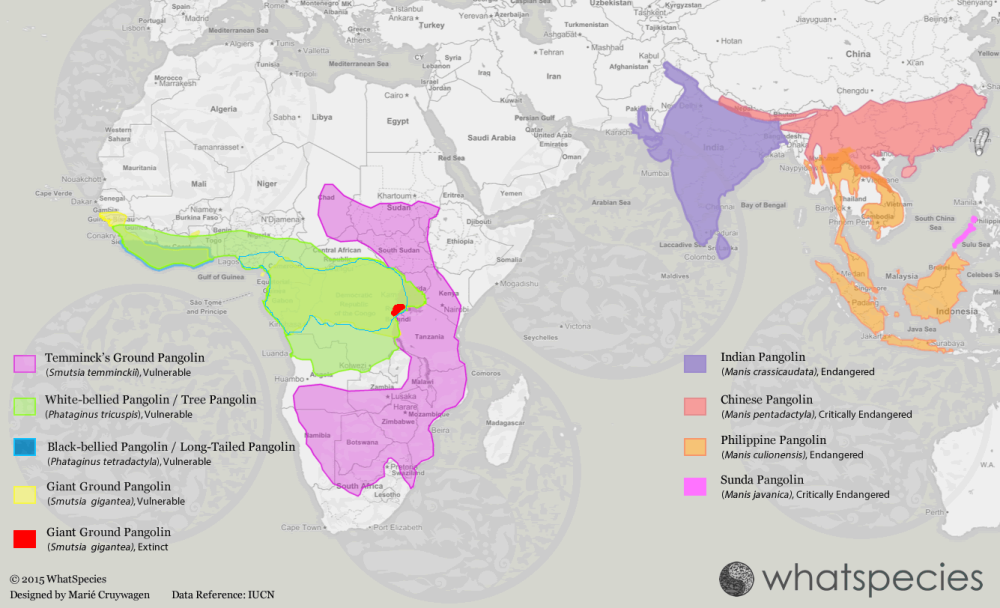Bees, considered as a nuisance by most people, are much, much more important than you might think. Without them, you wouldn't have foods such as nuts, many fruits, and beans. While bees travel around gathering pollen for their hives, pollen sticks to their bodies. As bees move from plant to plant, they spread pollen to other plants.
What's the Problem?
Currently, bees are in extreme danger. Beginning in 2007, beekeepers began noticing that most of the worker bees had left the hive, leaving the queen and larvae. This phenomenon, known as Colony Collapse Disorder (CCD), has been emptying hives all around the globe. Most hives do not survive through the winter. The strange thing is there are no dead bees near or around their home.
Entomologists (people who study insects) and other scientist have come up with many possible causes for CCD, but insecticides and pesticides are the main suspects. When bees visit insecticide-sprayed plants, they die, as that is what pesticides are meant to do. Other reasons include stress that bees face as a result of management and transportation, the varroa mite, and change/loss to habitats.
The graph above illustrates how bad CCD is. Up to 45% of US managed bee hives have succumbed to the strange epidemic within the span of 2 years.
What Eastern Middle School is Doing to Help
Here at the Eastern Environmental Club, the first thing we plan to do is plant native species around the school grounds, not only to create a more diverse area but also to give bees a place to pollinate that doesn't have any chemicals. We are also trying to discourage the school from using bee-killing chemicals such as pesticides and insecticides. We are also spreading the word to our fellow students about the danger that bees are in.
What can you do?
Do just what we're doing at Eastern!
- Plant pollinator-friendly native species around your house (you will not only attract bees, but also birds, butterflies, and other pollinators)
- Discourage your parents and friends from using insecticides
- Spread the word over social media and with friends
The significance of bees is much greater than you think, and in order to save our tiny friends, we must work together as a community.
Information from:
https://www.epa.gov/pollinator-protection/colony-collapse-disorder




